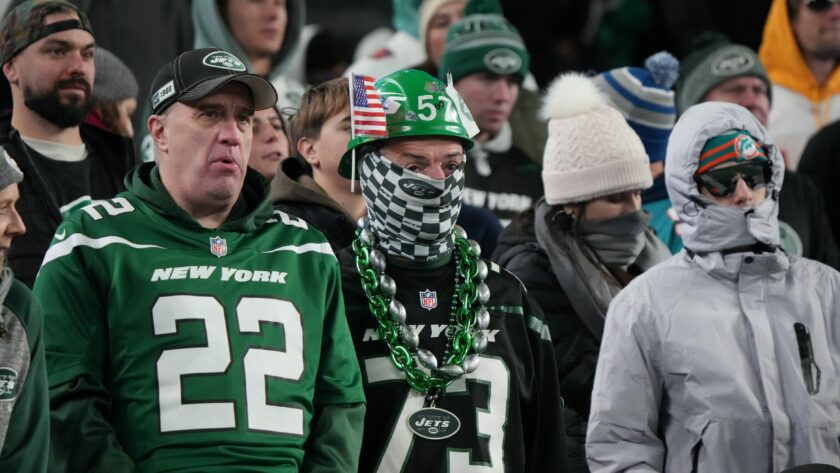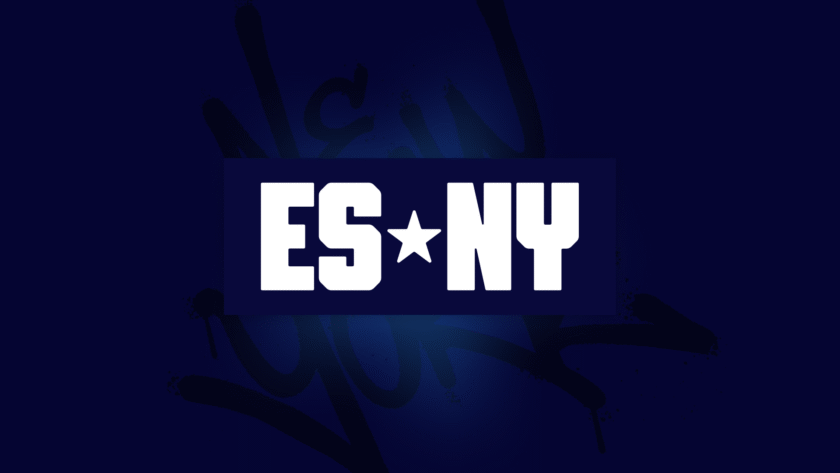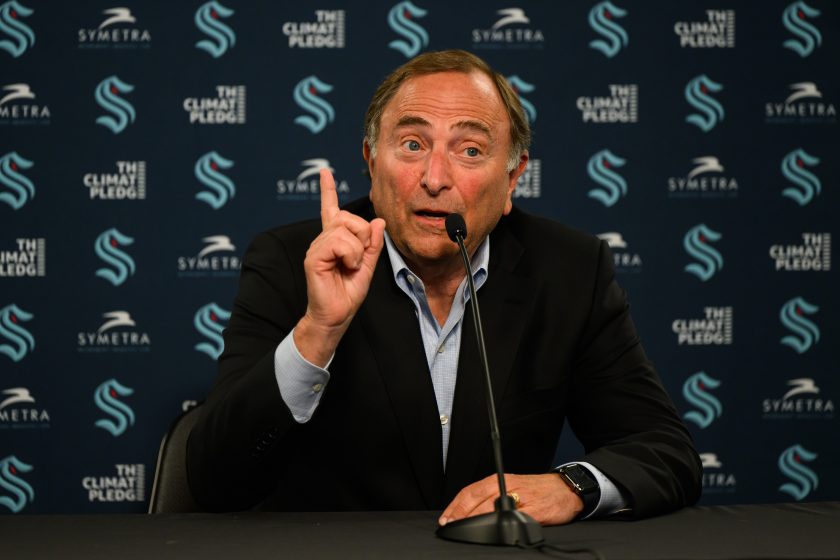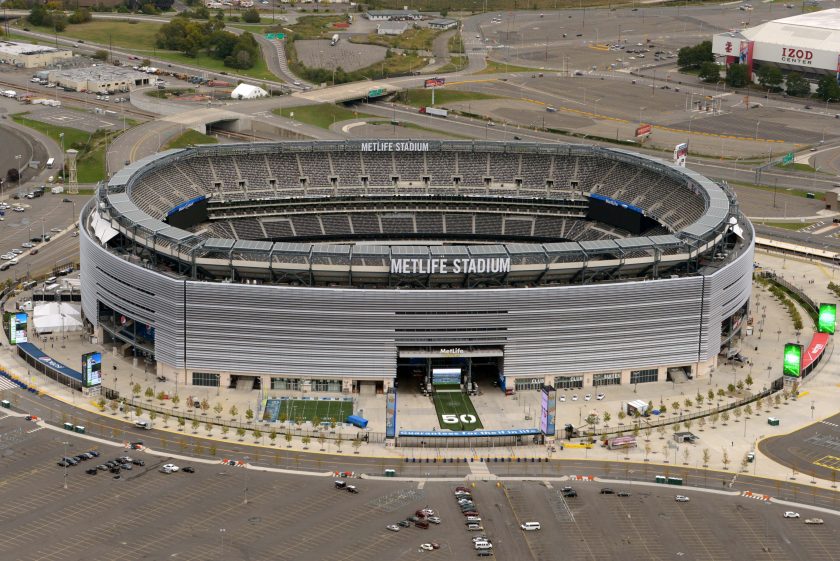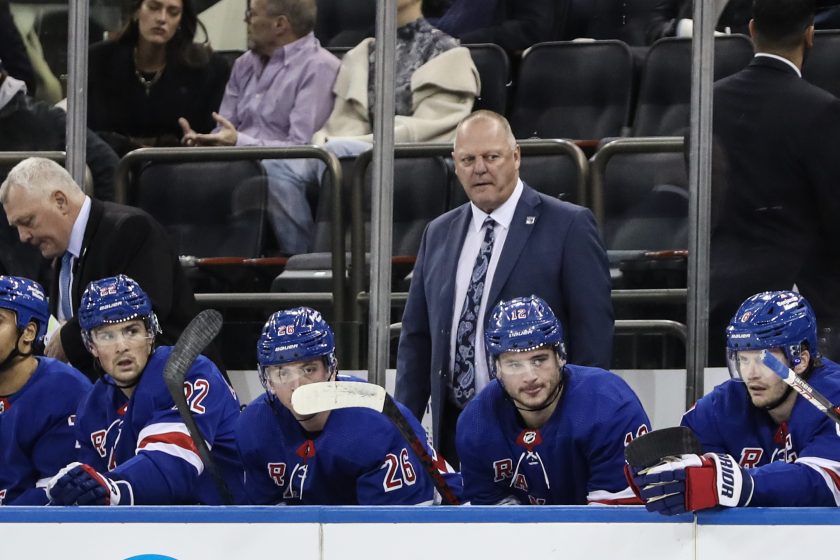The New York Rangers buy out controversy is in hyperdrive
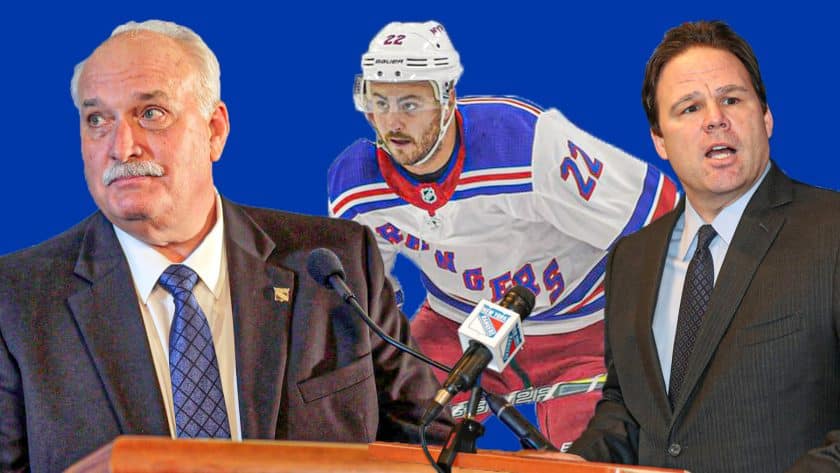
With the New York Rangers saying goodbye to defenseman Kevin Shattenkirk, the argument of whether or not it was the correct move surfaces.
[sc name=”Frank Curto Banner” ]On Thursday afternoon, the New York Rangers officially bought out the contract of Kevin Shattenkirk, and along with it, came an uproar of the good and bad of the team’s decision.
Jeff Gorton found himself in an unusual position these few weeks. Following the signings of Jacob Trouba and Artemi Panarin, along with the entry-level contracts of Igor Shesterkin, Vitali Kravtsov, first-round draft pick Kaapo Kakko and Pavel Buchnevich, the team was no longer salary-cap eligible. The team had to figure out how to gain some salary cap cushion so that they could have some room for other free agent signings and possible call ups from the AHL, if needed.
Trades are always an option, but they take time and oftentimes bring salaries back with them. A complicated math problem was at hand and the club decided to use a buyout now to help ease the pain.
Buyouts are a representation of failure between both the player and the hockey club. No buyout is good, but becomes a necessary process when trying to solve the problem. Adding to the formula is what player to buyout and its long-term ramifications.
Since July, when Panarin signed his huge contract with an AAV of $11.6 million, the buyout has been argued and discussed. The team decided to use it on Shattenkirk because he would bring instant relief for the club with regards to the $81.5 million cap. Following the Buchnevich agreement last Friday, this team was $4.5 million above the cap ceiling. That means they were above the maximum cap dollar amount, which made it even more clear of what needed to be done.
Let’s be frank about one thing: the club was not even considering using the buyout on Henrik Lundqvist or Marc Staal. Lundqvist and the Rangers have been loyal to one another since the first time he stepped on the ice 13 years ago. The King is here until his contract expires at the end of the 2020-21 season, unless he requests a trade.
Staal’s contract was not a good one to buy out. A buyout of his contract would have paid him $2.9 million this year, $3.7 million in 2020 and then the additional two years after that would have been $12 million. Overall, the team would only save $2.4 million and they would still be above the salary cap this season.
The same could be said for defenseman Brendan Smith and his hefty contract.
[sc name=”Rangers Center” ]Ryan Strome‘s name has also surfaced as a possible buyout candidate. He is in the final year of a $3.1 million contract, and his buyout would be $433,333 this year, $533,333 in 2020 and $966,666 in 2021. This buyout wouldn’t help the club at all get back to the cap, so that’s why it wasn’t considered.
[sc name=”Rangers Title” text=”Why Shattenkirks buyout works for the Rangers” ]The sad and disappointing fact about the Shattenkirk situation overall was that his play never reached its peak. He battled a knee injury that resulted in surgery during his first season in New York, and in his second season, he never seemed to recover and was always a step behind. His point production suffered miserably, which resulted in less playing time.
His contract being bought out made the most sense financially and professionally. He no longer had a spot where he truly belonged in the lineup.
For those who haven’t seen his buyout numbers, they look like this:
2019-20 $1,483,333
2020-21 $6,083,333
2021-22 $1,433,333
2022-23 $1,433,333
Of course, the 2020-21 season is $6 million in dead cap space, but he was going to get the money one way or another if he remained with the team. His trade value deteriorated as did his play the last two seasons.
The team saved $5 million this year and now can focus on moving players via trades with the hope of signing the last two restricted free agents, Brendan Lemieux and Anthony DeAngelo (providing they are not traded in a deal). The team needs to still maneuver money and players to have protection in the event the team needs to call a player up from the AHL.
This buyout like most was hard to do as it was necessary. The team is in great shape; they have a vastly improved lineup since the season concluded in April.
[sc name=”RoboKaapo T-Shirt” ]Buyouts are difficult to apply and as the player accepts. For Shattenkirk, what was one of the happiest days in his career just two years ago, has ended in failure. He will surely sign on with another team and continue on in the NHL.
The Rangers have been making these kinds of decisions since the “letter” in 2018—decisions with the one goal of getting this team back to its winning ways.
The talk of a rebuild is gone as the club looks forward to being a playoff team again. These buyouts are an important part of the process, but tend to naturally carry the stigma as a failed opportunity to improve.
[sc name=”Rangers Title” text=”What’s next?” ]Gorton and John Davidson must now find the solution to be able to keep the best players on the ice and under the cap. Unfortunately, the salary cap is a conversation that will be centered around this club for most of the season.
Its a fine line between a player’s ability and his compensation within the confines of the NHL salary cap.
Chris Kreider is an example of this sentiment, with club and player exploring whether or not a contract extension is feasible. The team will have to keep this year’s buyout in consideration when they look for mutual agreement with Kreider.
There’s still plenty of work to do as training camp is just seven weeks away, but for now, the critical buy-out decision is in the rear-view mirror for the New York Rangers.
[sc name=”Twitter Follow Link” text=”Frank Curto” username=”@rangerproud” ] [sc name=”Rangers Link Next” link=”https://elitesportsny.com/2019/07/27/new-york-rangers-pavel-buchnevich-conract-just-sealed-one-man-fate/” text=”Pavel Buchnevich Signing Sealed One Player’s Faith” ]A graduate of St. John's University class of '91. I have been a fan of the New York Rangers since the days of Peter Puck. Founder of Ranger Proud, the Facebook page that covers all news, notes, pre /post-game stats, and player quotes. I can be reached at Nyrfc12@gmail.com

